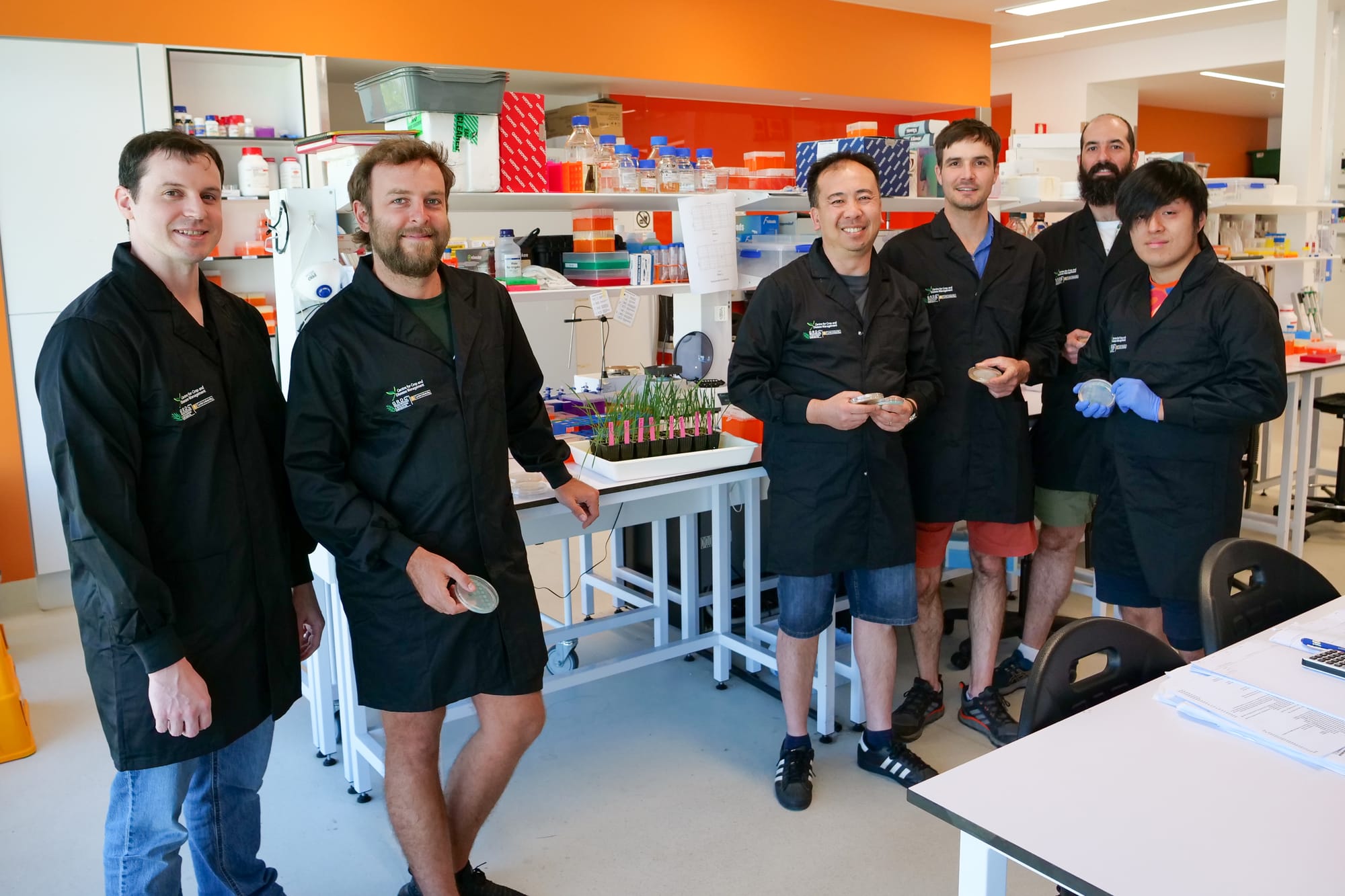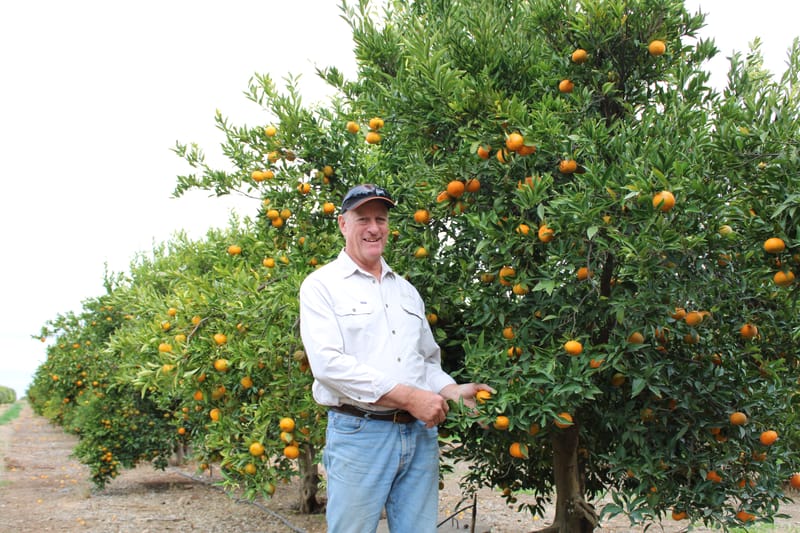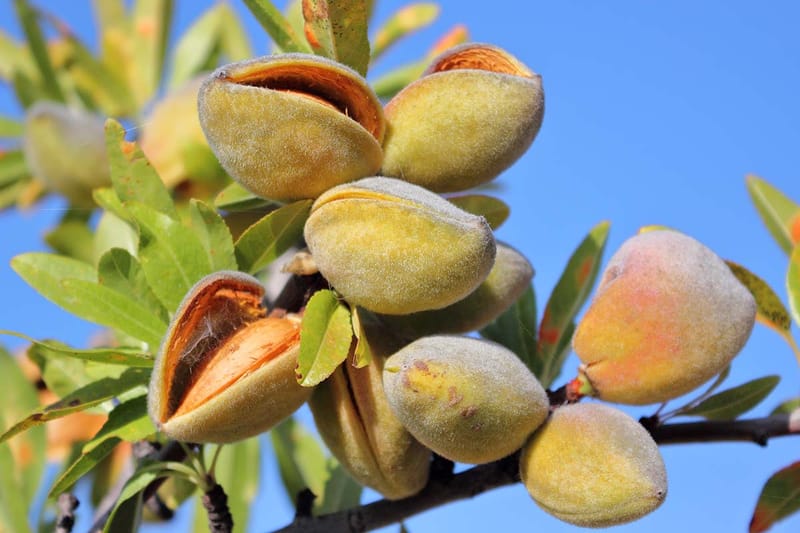Research discovers key to crop pathogens
CENTRE for Crop and Disease Management (CCDM) researchers have discovered a key factor in how pathogens infect crops, which could lead to new strategies to develop pathogen-resistant crops. The research, recently published in PLOS Pathogens...

CENTRE for Crop and Disease Management (CCDM) researchers have discovered a key factor in how pathogens infect crops, which could lead to new strategies to develop pathogen-resistant crops.
The research, recently published in PLOS Pathogens, identified and validated a specific DNA sequence linked to genes which cause damage on wheat.
Through studying the genetic mechanism in the fungus which causes septoria nodorum blotch (SNB) of wheat, researchers confirmed a transcription factor called Pf2 binds to a specific DNA consensus sequence.
Through the binding, Pf2 then activates adjacent genes to produces the molecules responsible for causing damage to wheat.
CCDM researchers said they are hoping to transfer the knowledge to other crop diseases to improve the identification of necrotrophic effectors and other virulence-associated genes.
“This discovery of the DNA consensus sequence is a big deal for disease resistance breeding research, as it means we now know how the pathogen’s effectors are activated to attack a plant,” former CCDM PhD student Evan John said.
“What’s exciting about this research, is that it can be used as a regulatory model, because the same Pf2 transcription factor is found in other fungal pathogens that cause diseases such as yellow spot of wheat, blackleg and black spot of canola.
“Based on our current knowledge, it looks like Pf2 is operating by the same mechanism there.”
CCDM associate professor Kar-Chun Tan said researchers had spent many years searching for effectors in pathogen genomes, but they were hard to narrow down.
“Now, knowing the genetic code of the DNA sequence targeted by Pf2, we can narrow down potential effector genes that are associated with the specific DNA consensus sequence, and prioritise these genes for effector discovery,” Ass Prof Tan said.
“Finding effectors is a big win, because it means we can then find the corresponding susceptible gene within the crop, and help breeders by using effector-assisted selection on crops, providing growers with varieties with improved disease resistance.”
CCDM director Mark Gibberd said the discovery was eight years in the making and an important scientific outcome.
“A few years ago the team had discovered the transcription factor and knew that it regulated effectors, but were unsure how it regulated them,” Professor Gibberd said.
“By persisting through countless challenges, they have gotten to the bottom of the scientific mystery, and have reached a conclusion that will help improve disease resistance not only in wheat, but potentially against canola diseases too.
“This research is an example of CCDM’s ability to work deeply and collaboratively on blue-sky research to ensure Australian agriculture is a global leader in research and innovation when it comes to grain production.”





